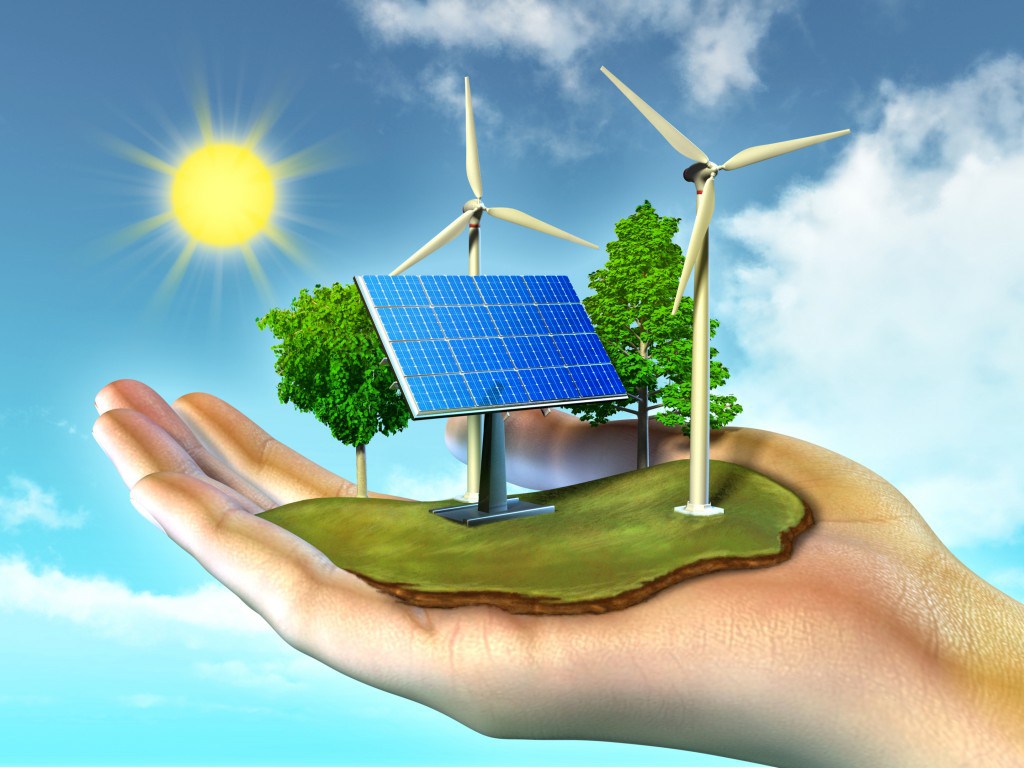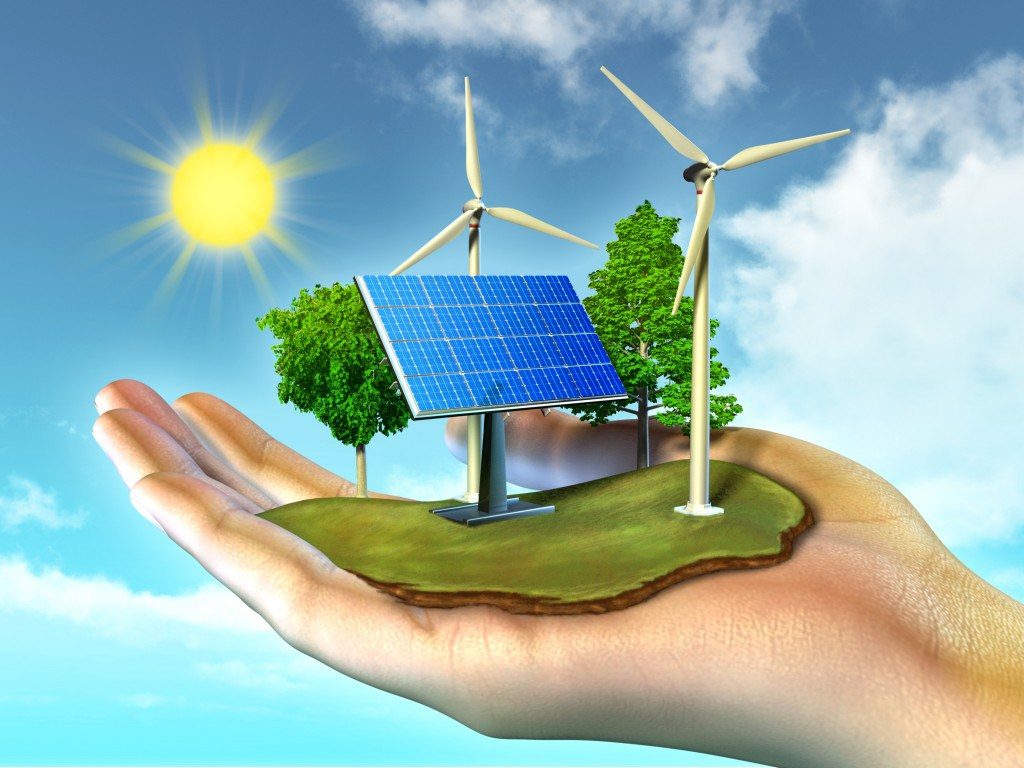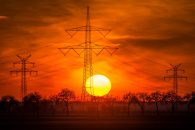
There’s been a lot of research and development in the field of green energy (a.k.a. renewable energy) over the past three decades. This has resulted in hundreds of new technologies that have reduced our dependence on coal, oil, and natural gas. While you’ve probably heard a lot about these things, you may still wonder what green energy really is.
Green Energy Defined
We derive green energy from natural sources, including; sunlight, wind, rain, tides, plants, algae and geothermal heat. These are renewable sources, which means they’re naturally replenished, unlike fossil fuels which are finite resources. Fossil fuels take thousands of years to replenish and continually diminish with use.
Green energy sources also have a smaller impact on our planet. Unlike the pollutants produced by fossil fuels, you won’t have any of these things, because you don’t have to drill deep into the Earth in ecologically sensitive locations. Instead, readily available sources are used and these actually cost less money.
Types of Green Energy
There are actually many different types of green energy you may hear about today, including:
- Solar Power: This is the most prevalent and inexpensive type. It’s produced through photovoltaic cells capturing sunlight and converting it into electricity.
- Wind Power: Air flow pushes turbines to produce renewable energy in high-altitude areas located just offshore of a major body of water. When a network of land-based, 2.5-megawatt wind turbines operates at 20% of their capacity they can supply us with 40 times the amount of energy we actually need in the world today.
- Hydropower (a.k.a. hydroelectric power): This requires a large amount of precipitation because it’s dependent on the Earth’s water cycle. The water runs through a dam, providing us with electricity.
- Geothermal Energy: Large amounts of thermal energy lie directly under the Earth’s crust. This has been there since the formation of the Earth itself and it also originates from minerals’ radioactive decay. You’re probably familiar with this in the form of hot springs. However, this will give us 10 times more green energy than we actually need.
- Biomass: Materials from recently living natural materials (e.g. wood waste, sawdust and combustible agricultural wastes) are known as biomass. Converting these into green energy requires much less greenhouse gas emissions than petroleum-based fuel sources.
- Biofuels: Instead of burning biomass to produce renewable energy, sometimes the materials are simply transformed into fuel instead. In 2010 this provided 2.7% of the world’s fuel for transportation, but will meet 25% by 2050.
Hopefully this makes it easier to understand what green energy is. There are many different types of it available today. This is why scientists are placing their hope for the future in it.










You forgot nuclear energy, its the biggest green energy provider in the world right now.